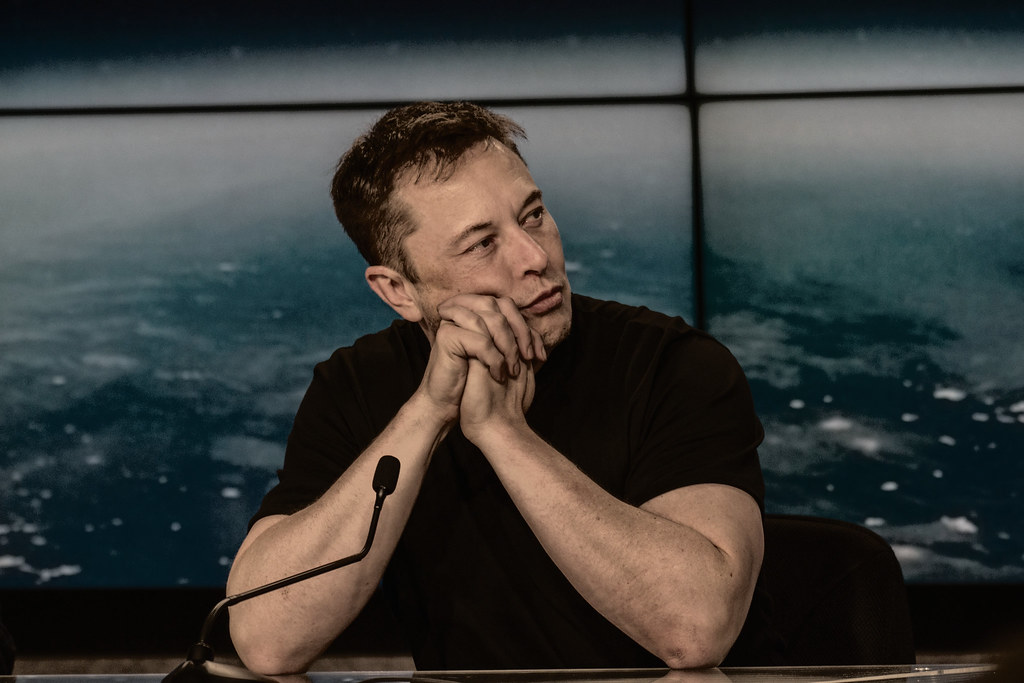Photo courtesy of dmoberhaus
On Oct. 28, Elon Musk completed his $44 million acquisition of Twitter, one of the biggest social media platforms in the world.
Musk, the CEO of Tesla and Space Exploration Technologies Corporation (SpaceX) with an approximate net worth of $191.4 billion, began this process back in April 2022 and finished the deal on Oct. 27.
In January, the billionaire began buying shares, making him the company’s largest shareholder with about a 9% ownership stake. The acquisition comes only a few months after Musk criticized the company for “failing to adhere to free speech principles” in a tweet on March 26.
Musk tweeted Friday that he will implement a new Twitter policy about freedom of speech, explaining that negative and hateful tweets will be demonetized.
“You won’t find the tweet unless you specifically seek it out, which is no different from rest of Internet [sic],” Musk said in the tweet.
Doug Stahler, an associate communication professor at SRU with expertise in social media, said he thinks Musk is attempting to turn Twitter into a similar service to WeChat. WeChat, China’s largest social media platform, serves as a social media, instant messaging and payment app.
“This wouldn’t happen overnight, so it would take some time to develop, and can’t expect this type of change in the near future,” Stahler said.
Musk, overall, wants to increase the monetization of the platform. After cashing in some Tesla stock and purchasing Twitter, he has amassed some $13 billion in debt. Now, the billionaire is reported to be talking to staff about possible bankruptcy, according to NPR.
His debt equals about seven times the company’s projected earnings for 2022, NPR said.
“It’s essentially a huge credit card, and the annual payment is $1 billion,” Bobby Allyn from NPR reported.
“Is Twitter dying?”
There is not enough data or research (yet) to decipher if Twitter is losing users due to Musk’s ownership. But what is certain is that Twitter’s “heavy tweeters” are not using the platform as much as they used to.
“Heavy tweeters” amount to less than 10% of monthly users. However, they do generate about 90% of all tweets and half of global revenue, according to Reuters.
MIT Technology Review reported a drop in Twitter usage by more than 1.3 million users, just a week after the purchase (as of Nov. 8). The report said around 877,000 accounts were deactivated and about 497,000 were suspended between Oct. 27 and Nov. 1.
That is more than double the typical number, the outlet added.
When applying these numbers to Twitter’s overall user base, the platform lost an estimated 237 million daily active users.
Out with the old (employees), in with the new changes
One of Twitter users’ biggest concerns is how the platform will change under Musk’s ownership, including the potential return of former United States President Donald Trump.
Musk tweeted a poll on Friday asking his followers if he should “reinstate former President Trump.” With over 15 million votes, 52% of voters said yes. He followed this with another tweet, stating, “The people have spoken. Trump will be reinstated. Vox Populi, Vox Dei.”
According to TIME, Trump said he would not be returning to Twitter even if the ban were lifted because of his own social media platform, TRUTH Social.
On Oct. 28, the day that Musk acquired Twitter, Trump reiterated his support for TRUTH Social in a post on the site, expressing his satisfaction that “Twitter is now in sane hands.”
As of Tuesday, Trump’s Twitter account has reappeared on the platform. However, his last tweet is from January 2021.
Musk also confirmed that Kathie Griffin, Jordan Peterson and Babylon Bee are invited back on the platform.
Following the purchase, Musk fired about 50% of the employees (roughly 3,700), some of which were the entire communication department. Musk is considering laying off more, Bloomberg reported.
He is now targeting partnership and sales workers after the mass resignations of engineers Thursday that began with his own ultimatum: Accepting that they will be working long hours at an “extremely hardcore” company, or resign. Those who leave will receive three months’ severance pay, Musk said.
One of the employees that were laid off is Eric Frohnhoefer.
Frohnhoefer has been a software engineer at Twitter for eight years. On Nov. 14, he was fired via a tweet after a public exchange on Twitter about why the platform is performing slowly. After going back and forth about the reason, Frohnhoefer told Musk that he was mistaken and offered potential solutions.
Musk claims his decisions are being made in an effort to make Twitter more profitable, something that has long been a struggle for the platform, according to NPR. He hopes the platform can move away from advertising and retrieve revenue from other sources.
The alternative platform
While some will remain loyal to the platform, others are migrating to Mastodon, a free and open-source software for running self-hosted social networking services. Mastodon has similar features to Twitter, like the micro-blogging structure.
According to NPR, Mastodon has almost 2 million users, a large increase from the previous 400,000 on Oct. 27, before Musk completed the deal.
As for the future of Twitter, Nazmul Rony, an associate marketing and advertising professor at SRU, said it’s not very bright.
“I noticed that liberal users are leaving Twitter for alternative platforms such as Mastodon, and conservatives are coming back in scores to take over the platform,” he said. “The future is not very promising for Twitter at this moment, since Musk has imposed some harsh conditions on the employees.”








